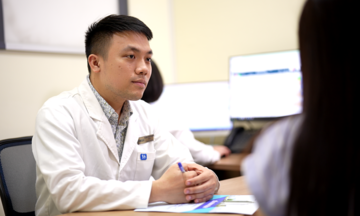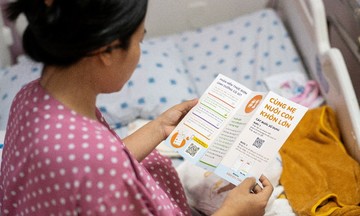High blood pressure, defined as a reading of 140/90 mmHg or higher, often presents no noticeable symptoms but can contribute to heart disease and stroke. The American Heart Association (AHA) recommends home monitoring for those with high blood pressure. Here are some tips for taking accurate readings.
Verify equipment accuracy. Compare readings from your personal monitor with those taken at a doctor's office. Ensure you’ve received proper instructions on how to use your device. If the device has been dropped or damaged, have it checked before using it again.
Empty your bladder. Urinate before taking your blood pressure. A full bladder can increase systolic blood pressure by 10-15 mmHg, skewing results. This practice also reduces discomfort and promotes relaxation during measurement.
Avoid smoking, alcohol, and exercise 30 minutes prior. These activities can affect blood pressure readings. Smoking constricts blood vessels and increases heart rate. Alcohol also leads to vasoconstriction and raises blood pressure, while also suppressing the sympathetic nervous system. Exercise elevates heart rate and blood flow, impacting blood pressure readings.
Maintain proper posture. Sit upright with back support, keeping your feet flat on the floor and uncrossed. Rest your arm on a flat surface, ensuring your upper arm is level with your heart. If your blood pressure exceeds 180/120 mmHg, re-measure after 5 minutes. Consistently high readings may indicate a hypertensive crisis requiring immediate medical attention.
Measure both arms. Blood pressure in one arm (usually the right) may be higher than the other. Typically, the difference in systolic pressure between arms is 5 points or less. A consistent difference of more than 10 points between arms should be reported to your doctor, as it could indicate arterial plaque buildup.
Avoid measuring immediately after waking. Your body's natural circadian rhythm causes a sudden increase in heart rate upon waking, which can lead to inaccurate readings. For accurate results, wait about 30 minutes after waking, before eating breakfast or taking medication, and relax for 5 minutes before measuring.
Le Nguyen (According to Hindustan Times)
| Readers can submit questions about cardiovascular diseases here for doctors to answer. |












